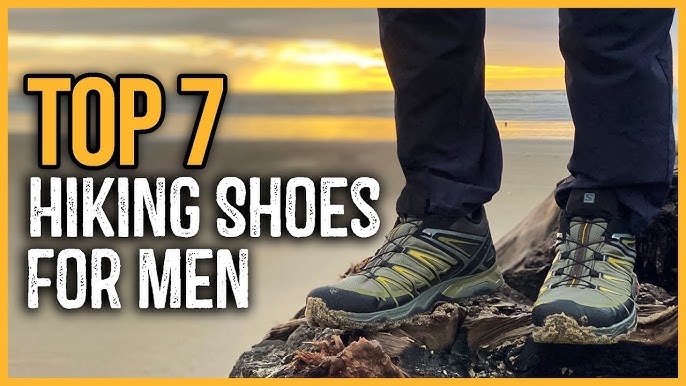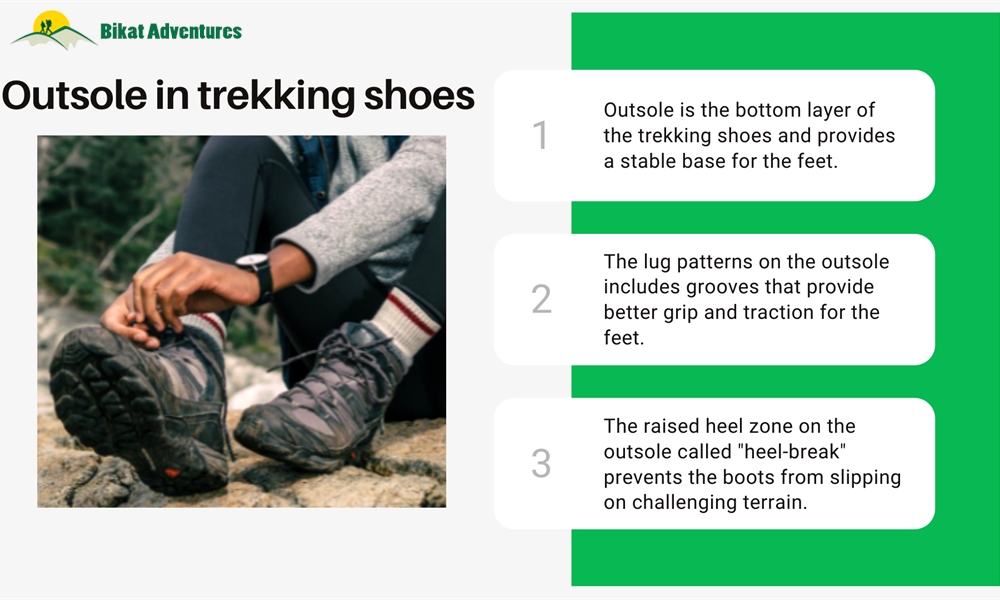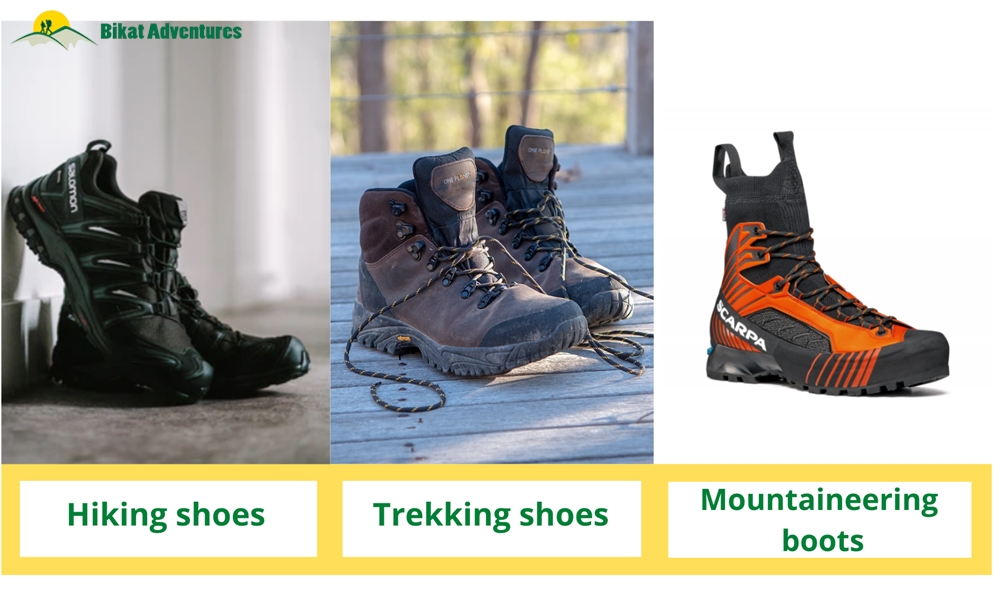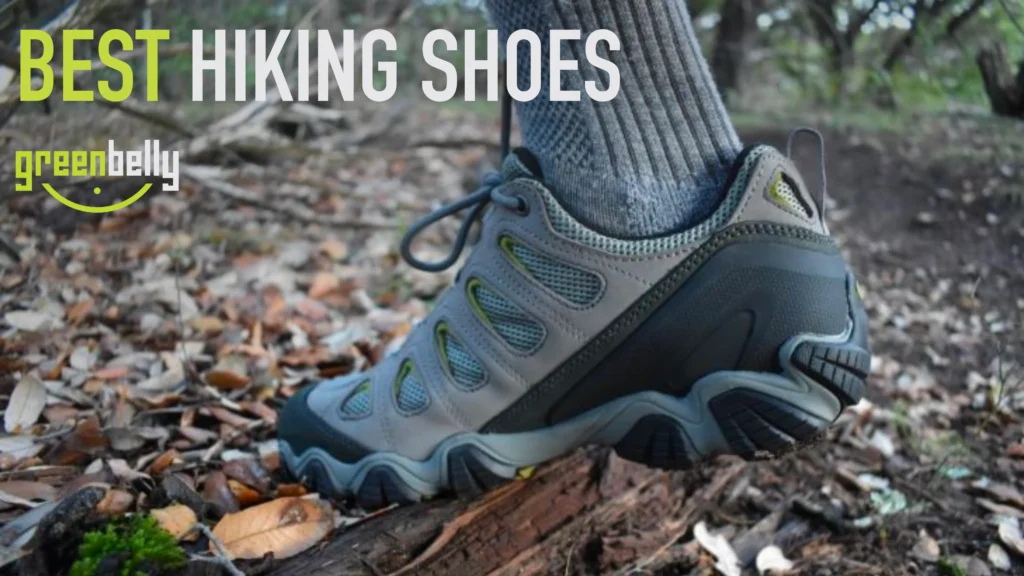Best hiking shoes


Best hiking shoes, how to choose hiking boots, hiking footwear guide, beginner hiking shoes
Choosing the perfect pair of hiking shoes is one of the most critical decisions for any hiker, whether you’re a casual day hiker or an ambitious trailblazer tackling multi-day treks. Your footwear not only affects comfort but also plays a crucial role in safety, endurance, and performance on diverse terrains. This in-depth guide covers everything you need to know when selecting hiking shoes, from types and materials to soles, waterproofing, and finding the best value for your budget.
Why Proper Hiking Shoes Matter
Your feet are the foundation of your hike. Poorly chosen shoes can lead to discomfort, injuries such as blisters, sprains, or even more severe foot problems. The right hiking shoes provide support, traction, and protection suited to the terrain and weather you’ll encounter.
Benefits of Quality Hiking Shoes:
- Reduced risk of slips and falls
- Improved posture and body alignment
- Enhanced comfort over long distances
- Durability against rough conditions
Types of Hiking Footwear
Choosing the right type depends on the kind of hikes you plan to undertake.
1. Hiking Shoes
- Best For: Short, easy to moderate trails
- Features: Lightweight, flexible soles, low-cut ankle
- Pros: Comfortable, good for day hikes
- Cons: Less ankle support
2. Hiking Boots
- Best For: Rough, uneven, or rocky trails
- Features: Mid to high ankle cut, sturdy sole
- Pros: Excellent support and protection
- Cons: Heavier than hiking shoes
3. Backpacking Boots
- Best For: Multi-day hikes with heavy backpacks
- Features: Stiff midsoles, high ankle support, rugged design
- Pros: Support for carrying loads
- Cons: Requires break-in period
4. Trail Runners
- Best For: Ultra-light hikers, fast packing
- Features: Lightweight, breathable
- Pros: Faster movement, agility
- Cons: Less durability, minimal foot protection
Important Shoe Components Explained

Understanding the parts of a hiking shoe can help you make an informed decision.
Upper Material:
- Leather: Durable, water-resistant, but heavy.
- Synthetic: Lightweight, quick-drying, affordable.
- Mesh: Breathable but less durable.
Midsole:
- EVA Foam: Lightweight, cushioned, affordable.
- Polyurethane: Firm, durable, for heavy loads.
Outsole:
- Lug Pattern: Deep lugs offer better traction.
- Heel Brake: Reduces chance of slipping downhill.
Toe Cap:
- Protects against rocks and trail debris.
Water Resistance & Breathability
A key consideration, especially for unpredictable weather.
Waterproof Shoes:
- Technology: GORE-TEX, eVent
- Pros: Keeps feet dry in wet conditions
- Cons: Reduced breathability
Non-Waterproof Shoes:
- Pros: Better ventilation, lighter weight
- Cons: Not suitable for wet environments
Sole & Tread Design
Different hiking conditions require different sole features.
Tread Types:
- Shallow Tread: Dry, flat trails
- Deep Tread: Muddy, loose, or rocky paths
Sole Materials:
- Rubber Compounds: Soft rubber for grip; harder compounds for durability
Heel Drop:
- The difference between heel and forefoot height affects comfort and posture.
Sizing and Fit

Tips for the Perfect Fit:
- Try shoes on in the afternoon (feet swell during the day)
- Wear hiking socks when trying on
- Leave a thumb’s width between your toe and the shoe front
Common Fit Issues:
- Heel slippage
- Toe crowding
- Arch discomfort
Budget vs Premium Brands
Price often reflects quality but not always. Assess your needs first.
Budget Brands:
- Columbia, Merrell (select models), Hi-Tec
- Pros: Affordable, decent for casual hikers
- Cons: May lack durability, waterproofing
Premium Brands:
- Salomon, Lowa, La Sportiva, Scarpa, Arc’teryx
- Pros: Exceptional build, waterproofing, comfort
- Cons: Expensive
Mid-Range Options:
- Keen, Vasque, Merrell (Moab series)
- Best for frequent but not extreme hikers
Breaking In Your New Shoes
Never hit the trail with brand-new shoes.
Break-In Process:
- Wear around the house.
- Take short walks.
- Gradually increase trail difficulty and distance.
Maintenance Tips for Longevity
- Clean after every hike (brush off dirt, rinse mud)
- Dry thoroughly (avoid direct sunlight)
- Apply waterproof treatment as needed
- Store in cool, dry place
Top Recommended Models (2025 Edition)
- Salomon X Ultra 4 GTX: Versatile, waterproof, great for day hikes.
- Lowa Renegade GTX Mid: Excellent ankle support, perfect for multi-day trips.
- La Sportiva Spire GTX: Superb for technical trails and mixed terrain.
- Merrell Moab 3: Best budget all-rounder.
- Scarpa Zodiac Plus GTX: Great for rocky, alpine environments.
Frequently Asked Questions

Q1: Should I buy waterproof hiking shoes even for dry regions? A: Not necessarily; they may reduce breathability and comfort.
Q2: How often should I replace my hiking shoes? A: Typically after 500-1000 miles depending on wear and tear.
Q3: Can trail runners replace hiking shoes? A: Yes, but only for light trails and minimal loads.
Conclusion
The right hiking shoe is a crucial investment in your hiking experience. Comfort, durability, protection, and suitability for your chosen terrain should guide your decision-making. Avoid compromising quality for cost, especially if you plan frequent or long hikes. Always prioritize fit and function over brand name alone.
A well-informed choice today can mean thousands of enjoyable, pain-free hiking miles tomorrow.

One response
Searching for natural dreadlocks for sale?
Discover the finest natural dread hair at natural dreadlocks, your trusted source for buying natural dreadlocks online.
Our collection of natural dreadlocks offers handcrafted extensions made from 100% human hair, ensuring a natural look for every hair type. Whether you want short natural dreads or customized natural dreadlocks hair, we have the perfect set.
Why choose our natural dreadlock extensions?
– Real human hair for lasting beauty and natural feel.
– Expertly crafted by skilled artisans to match your natural hair.
– Available in various lengths and shades, including earthy hues.
– Suitable for long-term wear
– Fast delivery with tracking and support.
Shop natural dreads that look and feel natural. Our dreads natural are ideal for anyone looking to enhance their look without compromising authenticity.
Explore the finest natural dreadlocks collection and take your hairstyle to the next level with realistic natural dreadlocks hair. Whether you are new to dreadlocks, we provide quality, style, and expert guidance.
Order now from Searching for natural dreads for sale?
Discover the finest natural dreads at [url=https://dreadlocksart.com/natural-dreadlocks/]dreads natural hair[/url], your go-to shop for natural dreadlocks extensions online.
Our collection of natural locs offers premium-quality dreads made from 100% human hair, ensuring a natural look for every hair type. Whether you want natural grey dreadlocks or customized natural dreadlocks hair, we have just what you need.
Why choose our natural dreadlock extensions?
– 100% human hair for durability and realism.
– Handmade with care by skilled artisans to match your natural hair.
– Available in various lengths and shades, including earthy hues.
– Suitable for protective styles
– Fast US shipping with tracking and support.
Buy natural dreadlocks that look and feel natural. Our dreads natural are ideal for anyone looking to enhance their look without compromising authenticity.
Explore the best natural dread products and take your hairstyle to the next level with realistic natural dreadlocks hair. Whether you are seasoned in natural hair styles, we provide quality, style, and expert guidance.
Order now from [url=https://dreadlocksart.com/natural-dreadlocks/][/url] — your destination for natural dreadlocks. — where natural dread hair meets artistry.